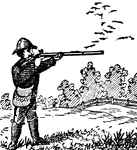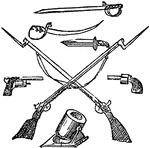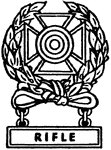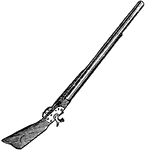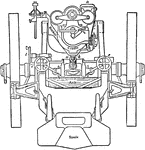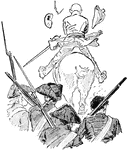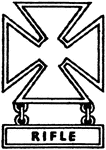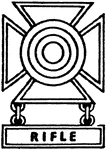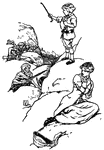Clipart tagged: ‘guns’

Arquebus
Also known as a harquebus, the first form of handgun which could fairly be compared with the modern…

Interior View of Fort Beauregard
Fort Beauregard, at Bay Point, on the point opposite Fort Walker, was built of sand and palmetto logs…

Commencement of Bull Run
"The Confederate forces under General Jackson advancing upon the Rapphannock Station at the river. Federal…

Battle of Charles City
"Battle of Charles City Road- charge of the Jersey Brigade- the first New Jersey brigade, General Tayler,…

Fort York
The fort was built by the British Army and Canadian militia troops in the late eighteenth and early…

Battle of Gaines's Mill
"Battle of Gaines's Mill, Friday, June 27th, 1862. At eleven o'clock each division, brigade, regiment…

Howitzer
A howitzer is a type of artillery piece that is characterized by a relatively short barrel and the use…

Massachusetts Sixth Attacked When Marching Through Baltimore
The Massachusetts Sixth is the first to leave to save Washington from the Confederates. However, they…
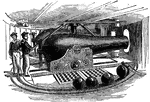
Interior of the Monitor's Turret
USS Monitor was the first ironclad warship commissioned by the United States Navy. Monitor…

Mortar Battery
An illustration of a mortar battery located at the Brooklyn Navy Yard. A mortar is a muzzleloading indirect…

Remains of the Western Battery in 1860
The Western Battery was built by the British Army. With ample supply of trees from the surrounding area…
